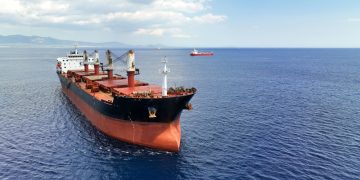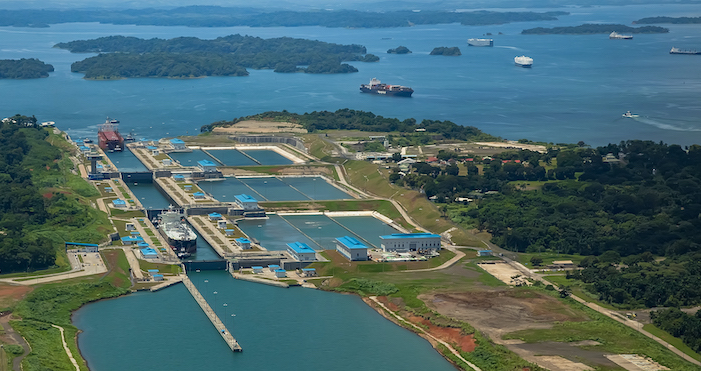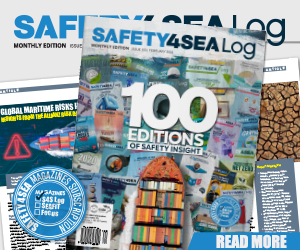After facing the drought of the century, the Panama Canal has limited daily transfers in order to ensure safe operation. Alas, this limitation has led to over 200 ships stuck on the sides of the Canal, waiting to cross the crucial waterway.
Specifically, in response to the unpredictable weather patterns and the need to ensure reliable and sustainable service, the Panama Canal allows an average of 32 vessels per day to transit through it during this period. As the Canal is a very important global waterway that numerous ships carrying millions worth of cargo cross every year, its jam except for inconvenient, is also a direct threat to the global supply chain.
In what is being called the “world’s worst traffic jam,” some 200 cargo ships are waiting to pass at the Panama Canal as the area experienced its worst drought in 100 years. pic.twitter.com/SHh6wa8muF
— Massimo (@Rainmaker1973) August 20, 2023
The Panama Canal is important for moving consumer goods from Asia to the United States, especially ahead of peak selling seasons like Christmas. It also allows faster transportation of US commodities to Asia and South America’s Pacific Coast.
As a result, ships waiting to cross the Canal cause delay to the delivery of goods which will affect prices and availability of commodities. On the other hand, alternative routes mean prolonged journeys, which does little to help with GHG emissions.
Furthermore, the severity of the drought makes it likely that the passage restriction measures will remain active until 2024. This is likely to result in an astoudinding $200 million drop in earnings in 2024 as canal administrator, Ricaurte Vasquez, had stated.
This jam brings back not-so-fond memories of when another crucial waterway was jammed. Who can forget that, in the midst of a global pandemic, container ship Even Given grounded at the Suez Canal, one of the busiest maritime routes in the world, on March 21, 2021 causing a massive disruption in global trade.
The smooth functioning of shipping may be hampered by such events, but they serve to reinforce and reaffirm its significance in the global supply chain for all to witness.
































































